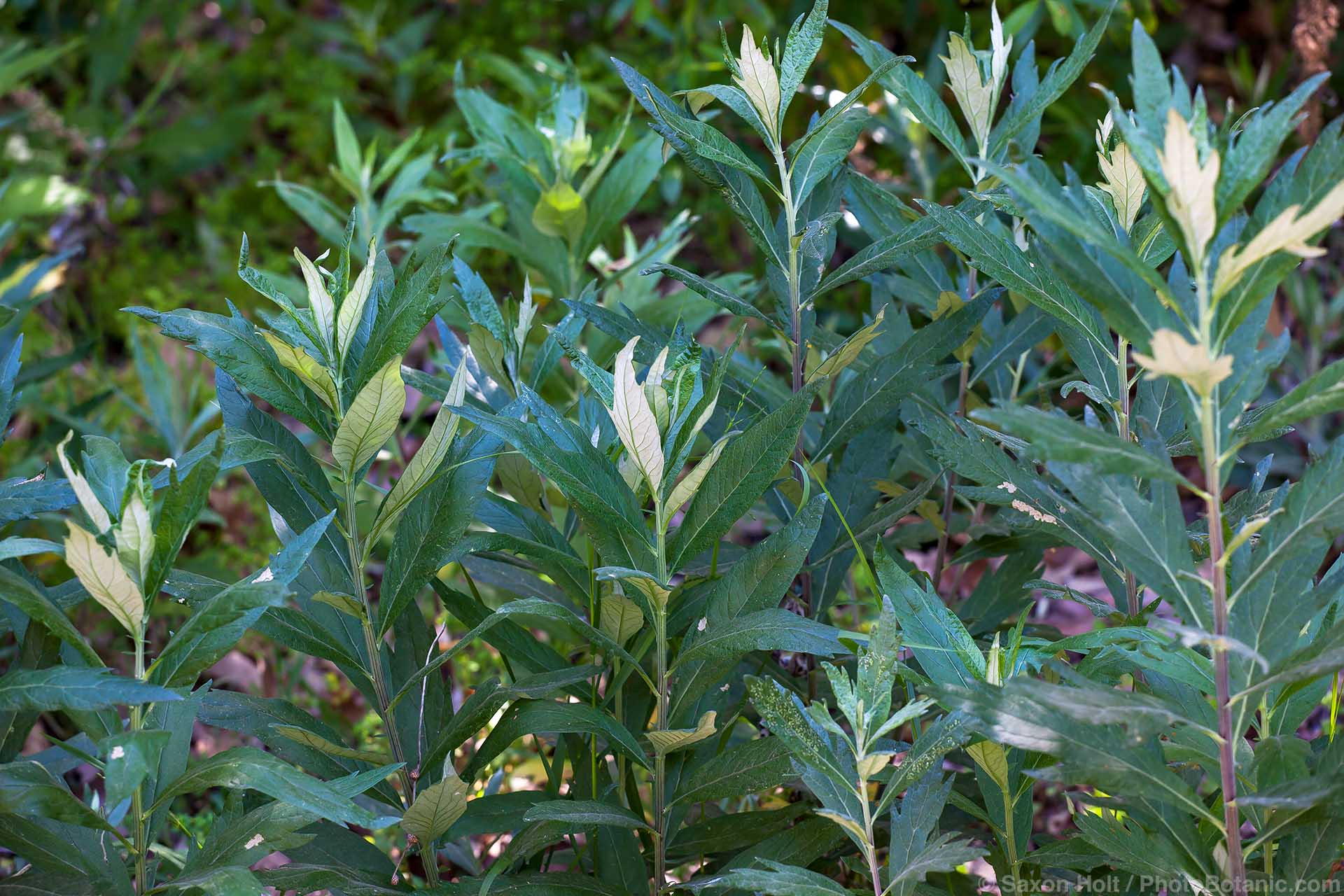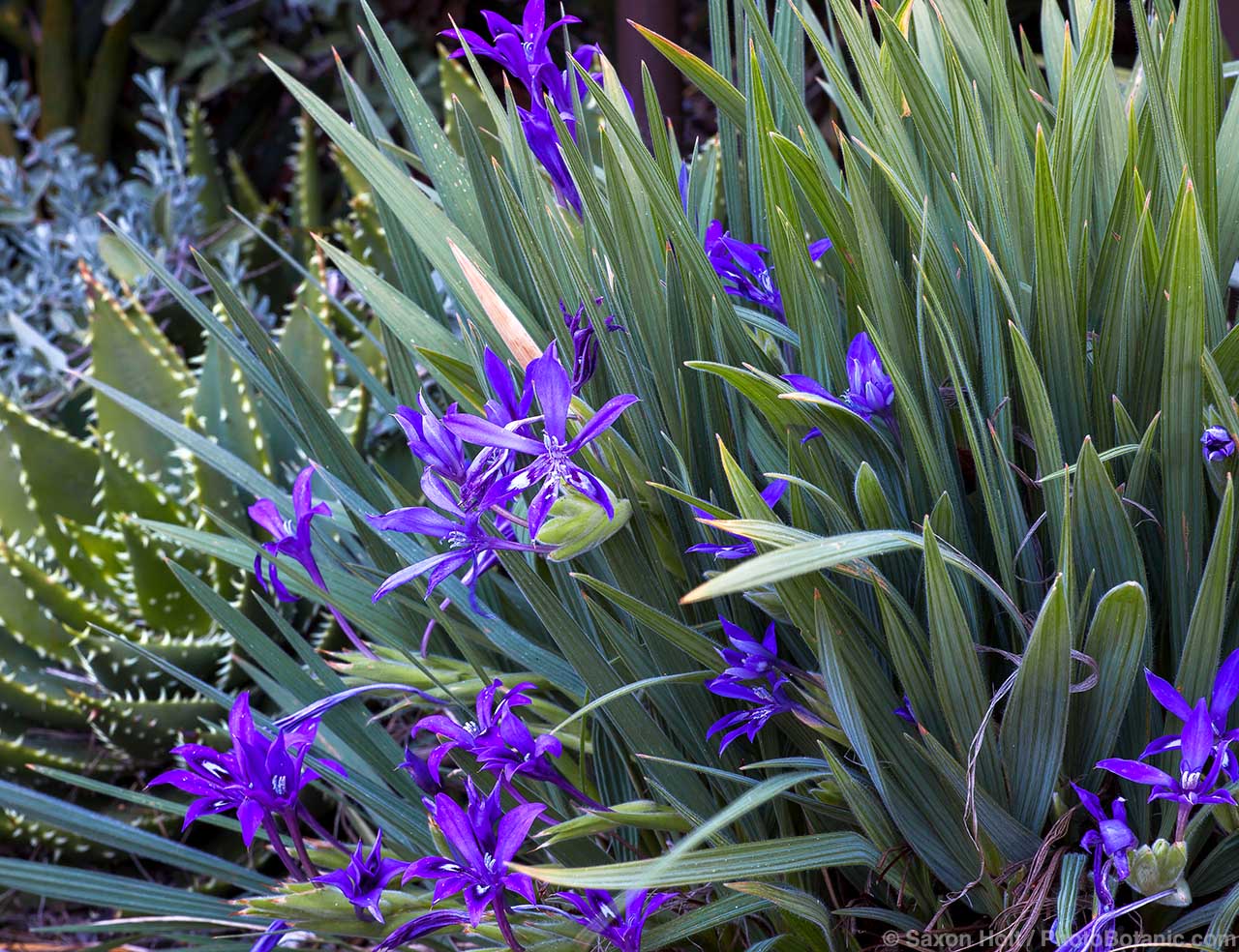Dwarf Coyote Brush
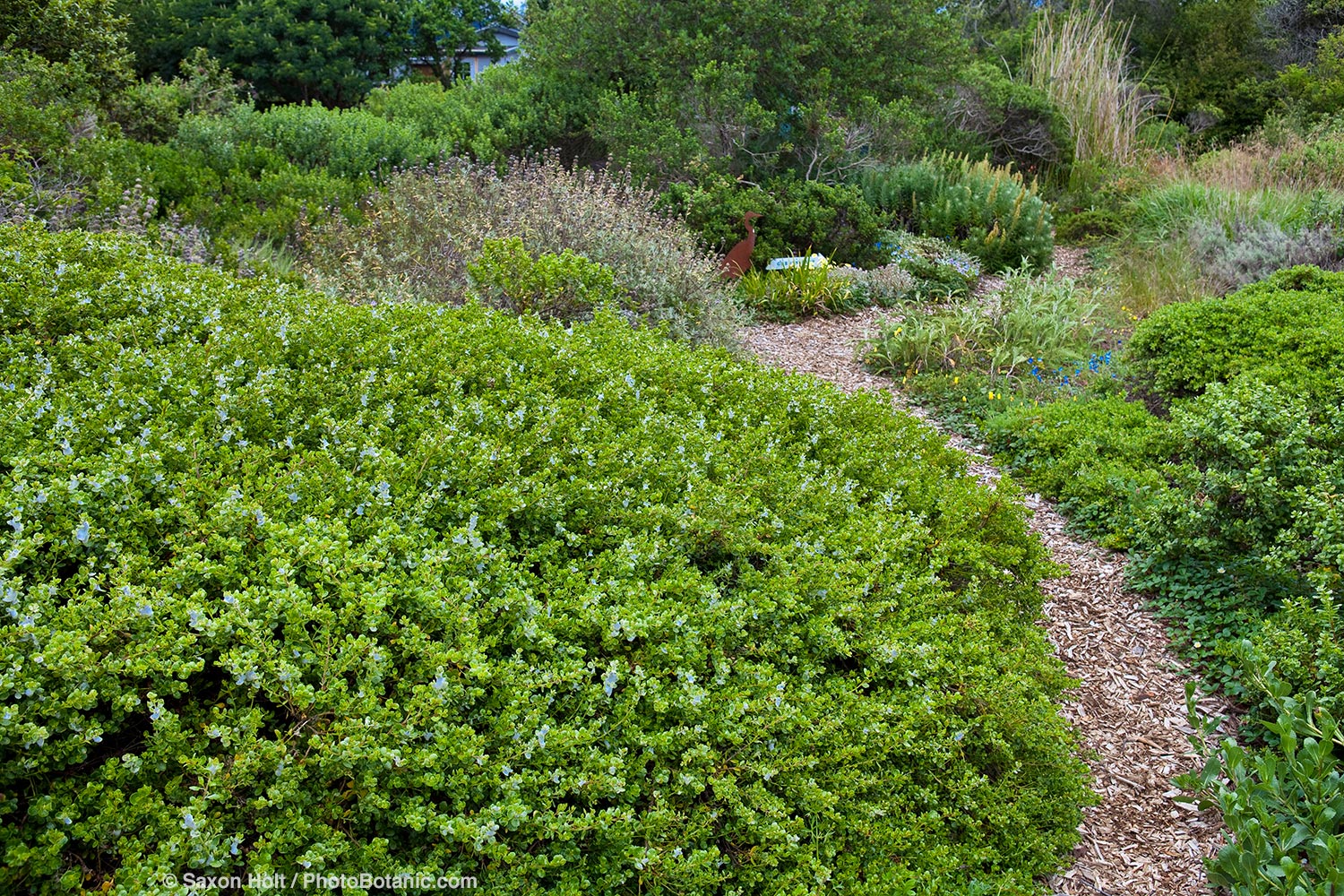
Share This!

Nowhere is this trend more obvious than in our vain attempts to completely cover the ground. In the 1960s we planted junipers. In the ‘80s and ‘90s it was ‘Emerald Carpet’ manzanita. And between those times, somewhere in the 1970s, surely it was dwarf coyote brush.
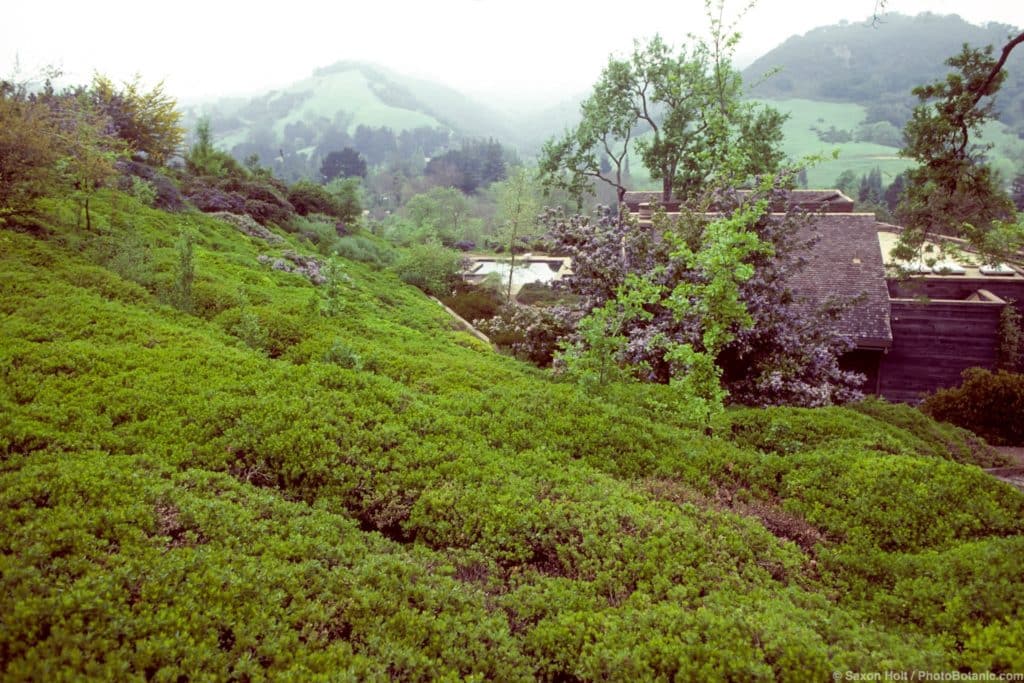
Each time we learned that all plants need a little maintenance, they don’t last forever, and there are limits to their tolerance. What we didn’t seem to learn is that there were good reasons we fell in love with these plants and, though perhaps somewhat out of fashion now, there are still good reasons for planting them.
Dwarf coyote brush (Baccharis pilularis) was once commonly planted as a low-water evergreen groundcover over large expanses in new housing developments, where it spread quickly from widely spaced one-gallon cans and looked quite wonderful for five to ten years and sparse, rangy, or mostly dead a few years later. It has fared much better in the landscapes of experienced gardeners who know it responds vigorously to regular cutting back and greens right up with a little summer water.
The cultivated variety ‘Pigeon Point’ is about a foot tall and mounding higher, spreading eight to ten feet wide, with small, densely set bright green leaves and tiny yellowish white flowers.
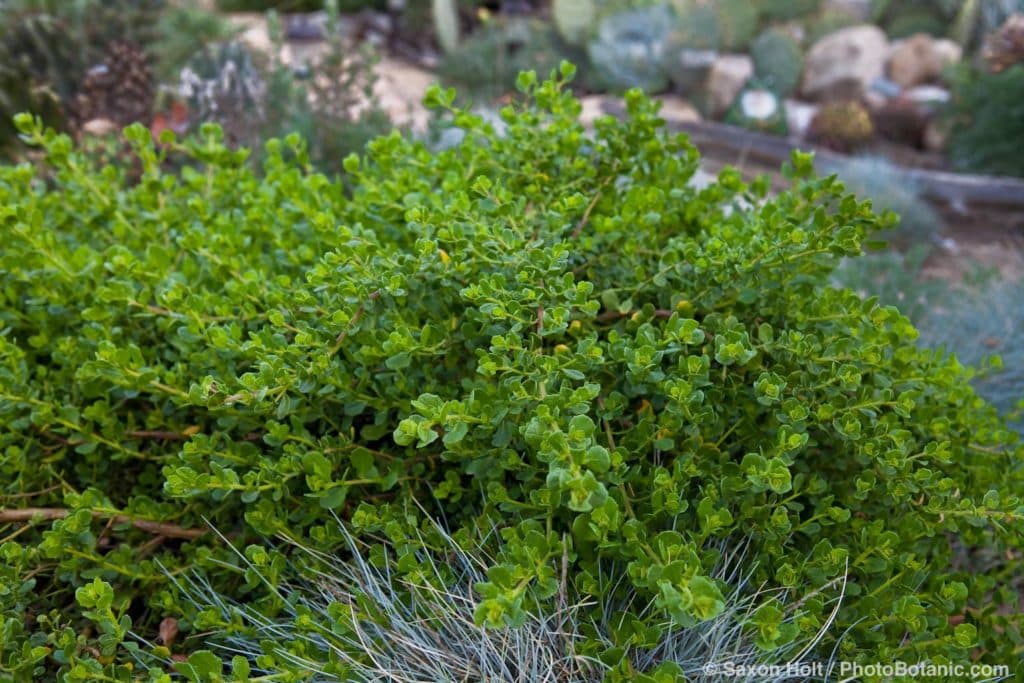
Dwarf Coyote Brush, Baccharis pilularis ‘Pigeon Point’
Deer resistant and requiring little to no summer water, coyote brush thrives in most soils, takes full sun to part shade, slows erosion on slopes, and is a great habitat plant, providing food and cover for birds, small animals, and butterflies.
Use it in manageably small areas, intersperse with other low-water natives, and provide access for maintenance with paths or permeable pavings.
Share This!
Related Articles
By: Nora Harlow
By: Nora Harlow
By: Nora Harlow



